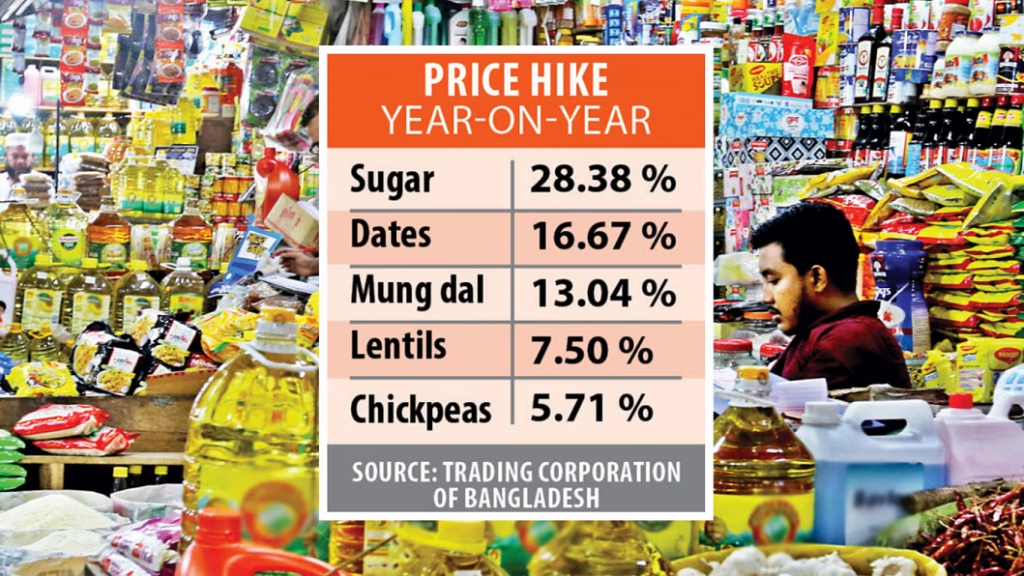The price hike in Bangladesh has become a significant concern for both policymakers and citizens, particularly in recent years. The price hike in Bangladesh increase in prices of essential goods and services has been driven by a combination of global economic pressures, domestic challenges, and structural issues within the economy
Global Factors Contributing to the Price Hike
- Global Factors:
- Supply Chain Disruptions: The COVID-19 pandemic caused severe disruptions in global supply chains, leading to shortages of goods and raw materials. This has increased the cost of imports, particularly for essential commodities like food, fuel, and industrial inputs.
- Inflation: Global inflation, exacerbated by the conflict between Russia and Ukraine, has contributed to higher prices for energy, food grains, and other essential goods. As a net importer of many of these goods, Bangladesh has been particularly vulnerable to these global price increases.
- Currency Depreciation: The Bangladeshi Taka has depreciated against major currencies like the US dollar, making imports more expensive and contributing to higher prices for goods and services in the domestic market.
- Domestic Factors:
- Agricultural Challenges: Despite being an agricultural country, Bangladesh has faced challenges in food production due to erratic weather patterns, flooding, and other natural disasters. These issues have led to reduced crop yields and higher prices for staple foods such as rice, vegetables, and pulses.
- Fuel Prices: The rise in global oil prices has led to an increase in domestic fuel prices, which has had a cascading effect on the cost of transportation, electricity, and manufacturing, further driving up prices for consumers.
- Government Policy: Adjustments in government policies, such as the imposition of higher taxes on certain goods, increases in utility tariffs, and the reduction of subsidies on fuel and fertilizers, have also contributed to the price hike.
- Impact on the Population:
- Cost of Living: The price hike has led to a significant increase in the cost of living, particularly for low- and middle-income households. Essentials like food, cooking oil, transportation, and housing have seen substantial price increases, putting pressure on household budgets.
- Poverty and Inequality: Rising prices have exacerbated poverty and inequality in Bangladesh. While higher-income households may be able to absorb the increased costs, poorer families often struggle to afford basic necessities, leading to a decline in their standard of living.
- Social Unrest: The price hike has sparked social unrest in various parts of the country, with protests and strikes organized by labor unions, political parties, and civil society groups. The government has faced criticism for its handling of the situation, with calls for greater intervention to control prices.
- Government Response:
- Subsidies and Relief Measures: In response to the price hike, the government has introduced various subsidies and relief measures, such as providing rice and other essentials at subsidized rates through public distribution systems.
- Monetary Policy: The Bangladesh Bank has implemented monetary policies aimed at controlling inflation, such as adjusting interest rates and managing liquidity in the banking sector.
Conclusion:
While the government has taken steps to mitigate the impact on the population, the situation remains challenging, particularly for vulnerable groups.

